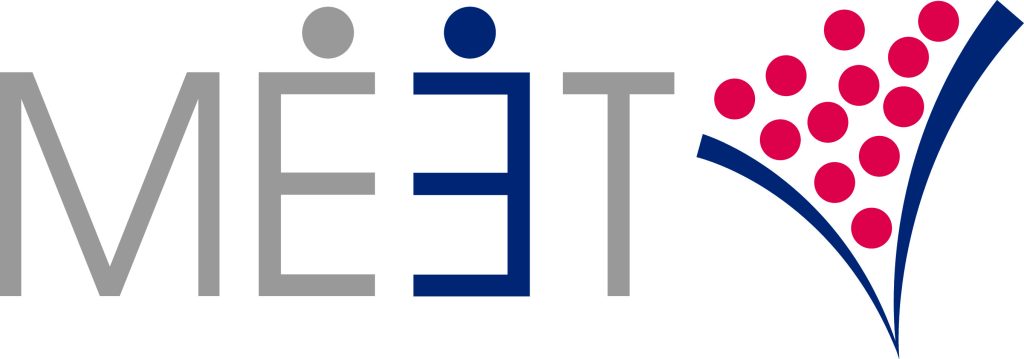In the bustling world of commerce, trade shows stand as beacons of opportunity, offering businesses a platform to showcase their offerings, forge connections, and stay abreast of industry trends. However, not all trade shows are created equal, and determining their relevance to your business is paramount to making informed decisions about participation. So, how do you evaluate trade show relevance effectively? Let’s embark on this journey together and navigate the maze of evaluating trade show relevance.

1. Define Your Objectives
Before delving into the evaluation process, it’s essential to define your objectives clearly. What are you hoping to achieve by participating in a trade show? Are you looking to generate leads, increase brand awareness, launch a new product, or network with industry professionals? Understanding your goals will serve as a compass in guiding your evaluation criteria and ensuring that the trade show aligns with your business objectives.
2. Research the Industry Focus
The first step in evaluating trade show relevance is to assess the industry focus of the event. Consider whether the trade show caters to your specific industry, niche, or target market. Look for trade shows that attract attendees, exhibitors, and speakers who are relevant to your business. Evaluate the exhibitor list, seminar topics, and keynote speakers to gauge the alignment with your industry and identify potential networking opportunities.
3. Assess Attendee Profile
Examine the profile of past and expected attendees to determine whether they match your target customer demographic. Consider factors such as job titles, industries, company sizes, and geographic locations. Look for trade shows that attract a diverse yet relevant audience that is likely to be interested in your products or services. Participating in trade shows with a high concentration of your target audience increases the likelihood of generating quality leads and fostering meaningful connections.
4. Evaluate Exhibitor Opportunities
Evaluate the opportunities available to exhibitors, including booth options, sponsorship packages, speaking opportunities, and networking events. Consider whether the trade show offers opportunities for visibility, engagement, and lead generation that align with your objectives and budget. Look for value-added features such as matchmaking services, lead retrieval tools, and promotional opportunities to maximize your return on investment (ROI).
5. Consider Geographic Reach
Assess the geographic reach of the trade show and its relevance to your target market. Consider whether the trade show attracts attendees and exhibitors from local, regional, national, or international markets. If your business operates primarily within a specific geographic region, prioritize trade shows that cater to that market to maximize your exposure and opportunities for local business development. Conversely, if you’re looking to expand into new markets, consider participating in trade shows with a broader geographic reach to access new opportunities and audiences.
6. Review Past Performance
One of the most reliable indicators of trade show relevance is its past performance. Research the history of the trade show, including attendance figures, exhibitor feedback, and post-event analysis. Evaluate factors such as foot traffic, lead generation opportunities, quality of networking, and overall attendee satisfaction. Positive testimonials and success stories from past exhibitors can provide valuable insights into the effectiveness of the trade show in achieving business objectives.
7. Assess Cost vs. Benefits
Evaluate the costs associated with participating in the trade show and weigh them against the potential benefits. Consider factors such as booth rental fees, travel expenses, promotional materials, staffing costs, and ancillary expenses. Calculate the potential return on investment (ROI) based on your objectives and projected outcomes. While larger trade shows may offer greater visibility and networking opportunities, they often come with higher costs. Consider your budget constraints and the expected benefits to ensure that the trade show offers a favorable cost-benefit ratio.
8. Seek Feedback and Recommendations
Don’t hesitate to seek feedback and recommendations from industry peers, mentors, or professional associations. Reach out to past exhibitors and attendees to gather insights into their experiences and assess the relevance of the trade show to your business. Additionally, leverage online resources such as trade show directories, forums, and social media groups to gather insights and recommendations from fellow exhibitors and industry experts.
Evaluating trade show relevance requires a comprehensive assessment of industry focus, attendee profile, exhibitor opportunities, geographic reach, past performance, cost vs. benefits, and feedback from peers and industry experts. By conducting thorough research and analysis, you can identify trade shows that offer the best opportunities for achieving your business objectives and maximizing your ROI. Remember, the key to success lies in choosing trade shows that align closely with your goals, target audience, and budget, ensuring that your participation yields tangible results and contributes to your overall business growth.
Read about choosing the right trade show for your business.
—
About MEET
MEET helps international B2B & B2G companies scale in the U.S. through trade shows, events, and strategic connections. Contact Bill Kenney to discuss your U.S. expansion goals bill@meetroi.com or +1 (860) 573-4821.

